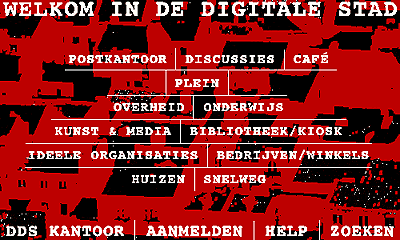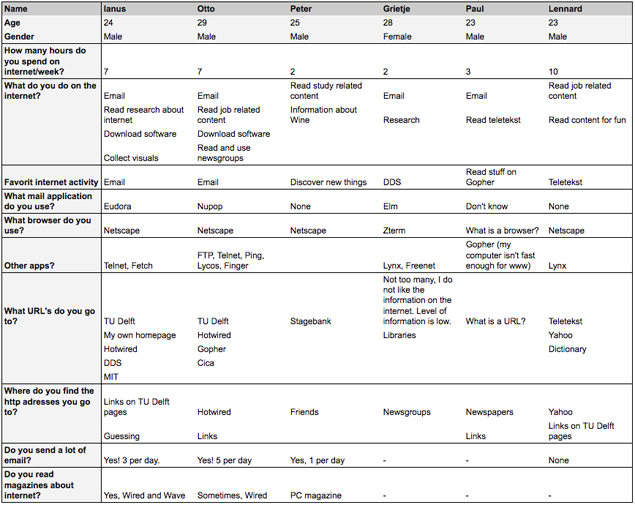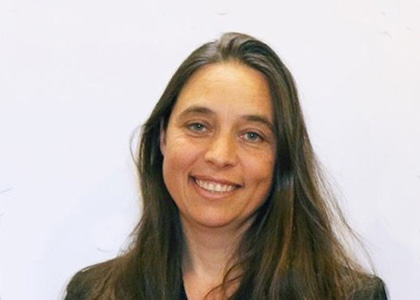An internet love story
This story takes place from March till June 1995. At that time internet wasn’t commonly used,
at least not among my friends. I was studying Industrial Design at the Technical University
of Delft. I was in my 4th year when I took an internship at Philips in Eindhoven. I was working at the CD-i
department of Philips (Philips Media). CD-i stood for Compact Disc Interactive and it used to be a competitor
of the CD-rom.
This was the title of my thesis:
The WWW? What is it and what can Philips Media do with it?
I stumbled upon my old paper recently and I had so much joy reading it again, I thought it was a good idea
to share. To be honest, my research wasn’t very sophisticated, but the way I described what I did made
me realise how interesting it was to “discover” the internet.
Explaining the internet
Let me start at the beginning, at my introduction paragraph. I use the words “homepage” and “provider”. Words we now use commonly and without hesitation. But I felt I had to explain them back than. The funniest one is my description of a link: “a link is often a blue word that you can click with your mouse. When you do that, you get another screen with more information about the subject”. Not sure if this is a very proper definition of a link. But hey, I didn’t have wikipedia to look it up!
In the first chapter I start explaining what the internet is. And despite the fact that you could doubt if it was relevant for my research, I start with a picture of the internet physically. Apparently I felt that I needed to make the internet somewhat realistic for my readers to grab the concept, or maybe I did it to make it more understandable for myself.
Some stats I collected of May 1994:
- 20 countries connected to the M-bone
- 904 routers in the entire world
- 2 internet providers in the Netherlands
Connecting to the internet
The next step was to investigate what you could find on the internet, but for that I first had to actually
make my internet connection work. It wasn’t easy to arrange! I had arranged a 14k4 modem, a phone line and an
account that could connect me to the IAEHV, one of the first internet providers in the Netherlands (I think it
stands for Internet Access Eindhoven). So far so good. But after I had figured out what cable to connect where
and what to configure, still everything didn’t work. With some help from my provider, I found out that I needed
a phone line which wasn’t connected to the phone system of the department. The switchboard messes up your 14K4
modem when you start dialling. It took me a lot of time to arrange this new separate line since it was against
‘company policy’. I had to convince some people to order it for me that had no clue what I was talking about.
But, after three weeks, I got it to work. I was so proud of myself! I still remember vividly the first moment
“de digitale stad” (www.dds.nl) loaded onto my screen. For your reference, this is what I was excited about,
and it took probably a minute or so to load:

My first internetpage
Internet overview
From that day on I started surfing the internet, for 2,5 months and I really loved it! I visited a huge amount of pages so that I got an overview of what was on the internet. This sounds weird maybe, but it was actually possible back then. I made a nice grid that divided the content on the internet in 6 categories and I made a lot of screen dumps to show to people that didn’t have an internet connection. My professor and the department at Philips I worked for loved it! After almost three months I really had the feeling that I had seen all the important content of the internet and categorised it.

My ‘internet overview’
Internet usage
Besides my “internet-content” research I also interviewed internet-users. These were early users of the internet, mainly working or studying at the university of Delft. It wasn’t a big group that I interviewed, but still the exercise gave some nice insights. As you can see in the overview of the results below, communication was a big part of at least the group I interviewed. Also finding content was really different, search engines weren’t invented yet.

Conclusion
After investigating the physical aspects of the internet, making an overview of the content and investigating
what people actually used the internet for, it was time for a conclusion. I am actually pretty proud of what I wrote down:
- The internet will probably become pretty important in the future.
- Communication is a very important part of the internet
- Philips should integrate internet in its products
- Philips should make a Philips homepage on the internet
After more than 20 years I can happily say that Philips followed all of my advices! I am pretty sure though that this had nothing to do with my research :).
I hope this story gave you some idea on how we looked at the internet in 1995. If you are interested in the full report, please send me an email.
Anneke Keller
me@anneke.com
